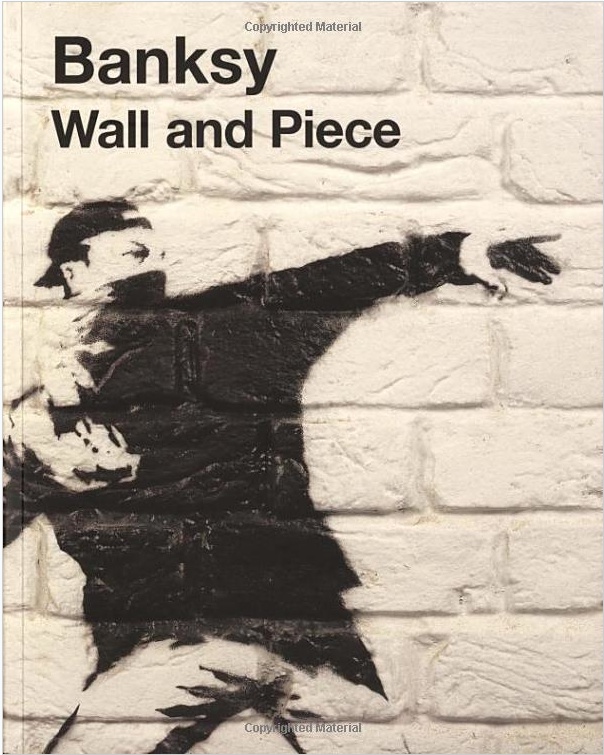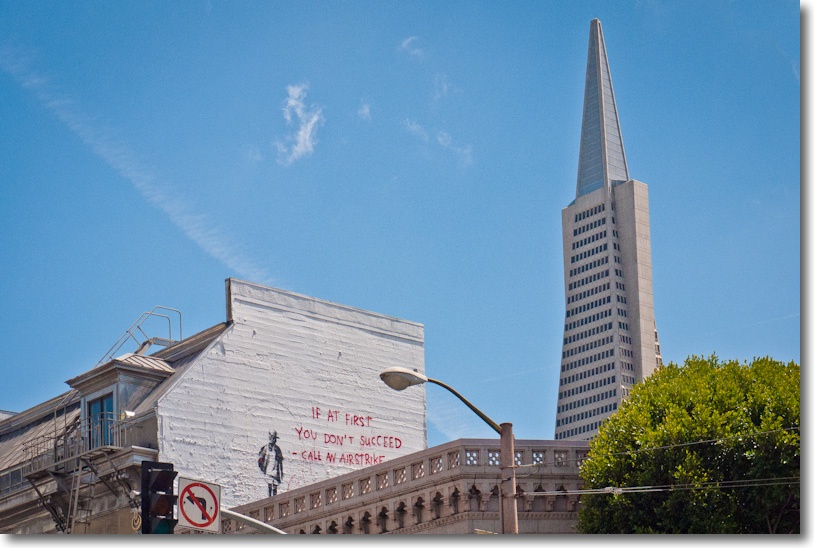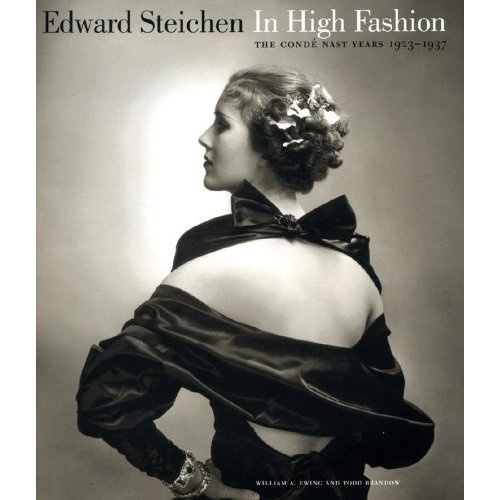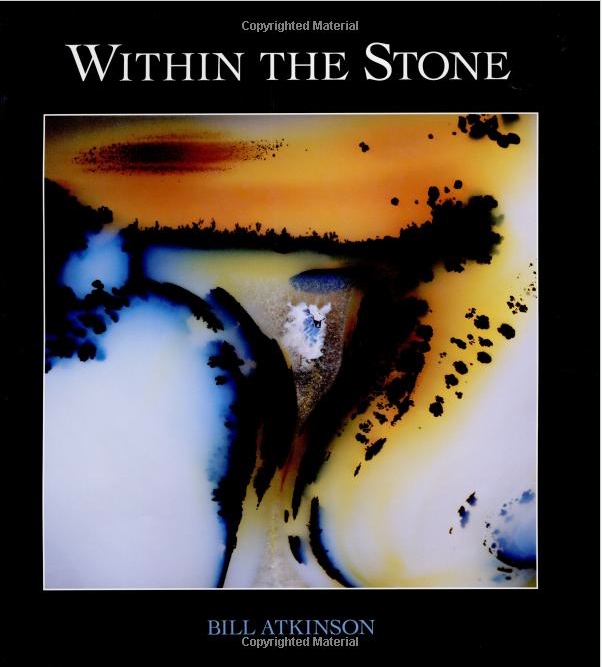Another great English photographer.

Click the image to go to Amazon US.
That fine English photographer Roy Hammans mentioned John Blakemore’s new book to me the other day and no more encouragement was needed to wave my credit card in Amazon’s direction.
Blakemore, born in 1936, has gone through several styles in his photographic life, starting with street work in London’s poorer areas (very moving), through theater, landscapes (excellent wind effect pictures) and still lives (see the cover, above), always finding something new and fresh in his approach.
The quality of the book’s production speaks to the photographer’s fastidiousness and perfectionism, the mostly monochrome prints rendered slightly warm to great effect. There is also some limited color content, original and beautifully reproduced.
This book is an example of what high quality photography books should be like. If you like the contemplative approach to these subjects, rendered with originality, this book is strongly recommended.




